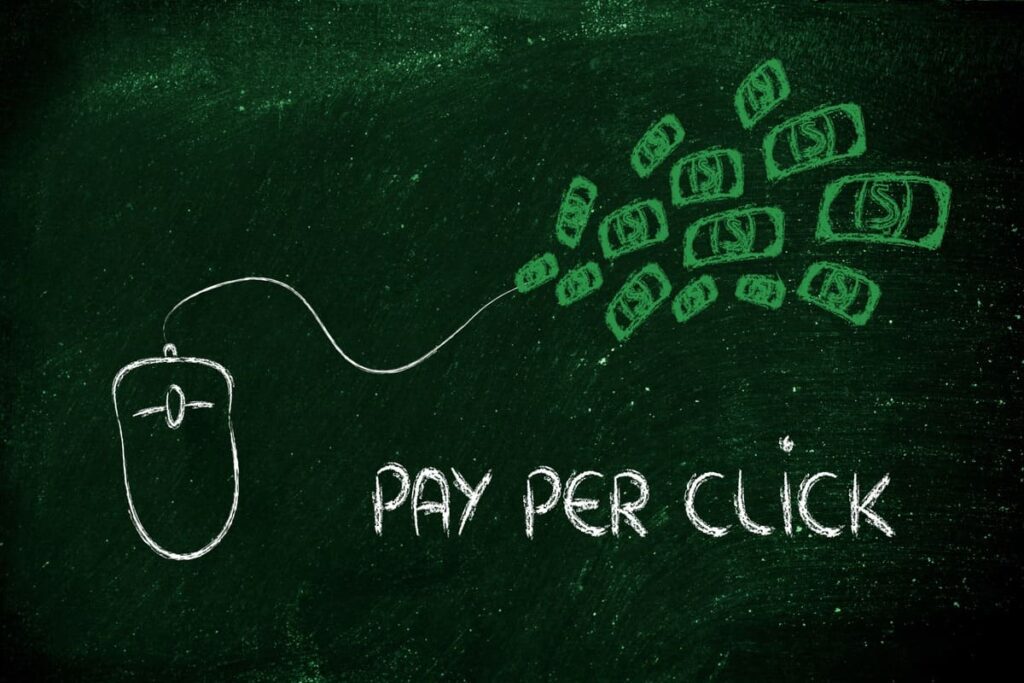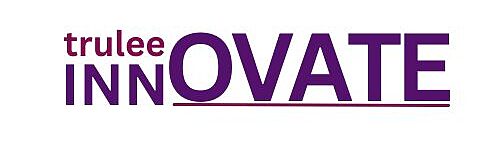Introduction
In today’s fast-paced digital world, businesses are constantly on the lookout for effective ways to reach their target audience and maximize their return on investment (ROI). Among the myriad of digital marketing strategies, Pay Per Click Advertising stands out as one of the most powerful tools to drive targeted traffic and generate high-quality leads. Whether you’re a small business owner or a large corporation, PPC advertising can significantly impact your online presence, helping you reach potential customers at the right moment and with the right message.
In this comprehensive guide, we’ll dive deep into the world of Pay Per Click Advertising, exploring its definition, working mechanism, platforms, strategies, and the tangible benefits it offers. By the end, you’ll have a clear understanding of why Pay Per Click Advertising is essential for your digital marketing efforts and how you can leverage it to boost business growth.
What is Pay Per Click Advertising?
Definition
Pay Per Click Advertising is an online marketing model where advertisers pay a figure each time their announcement is clicked. rather of paying outspoken for announcement placement, advertisers only dodge costs when a stoner clicks on their announcement, hence the term” pay per click.” This model allows businesses to drive business to their websites, landing runners, or specific offers in a cost-effective and measurable manner.
PPC Advertisements can appear on hunt machines like Google and Bing, social media platforms similar as Facebook, Instagram, and LinkedIn, and indeed third- party websites that are part of display announcement networks. By targeting specific keywords, demographics, locales, and stronger PPC enables businesses to reach their asked followership with perfection.

How PPC Advertising Works
It’s critical to comprehend PPC’s inner workings in order to completely appreciate its strength. PPC marketers bid on particular keywords or phrases that are pertinent to their business through an auction-style system. This is a detailed explanation of how Pay Per Click operates:
- Keyword Research: This is the cornerstone of every PPC strategy. A list of keywords that are pertinent to their goods or services is selected by advertisers. Say a digital marketing agency were to place a bid on the terms “digital marketing services” or “SEO solutions.”
- Ad Auction: An auction occurs when a person types a search query or goes to a website that displays advertisements. The advertiser’s bid quantity, the ad’s overall quality, and its relevance to the user’s search intent are among the variables that determine the outcome of this auction.
- Ad Rank and Quality Score: Search engines and platforms choose which ads to display and in what order based on a metric known as Ad Rank. The Ad Rank is impacted by the bid price and the Quality Score—a measure of the ad’s relevancy, click-through rate (CTR), and landing page experience. Even at lower bids, ads with better Quality Scores have a greater chance of being displayed.
- User Clicks on Ad: The user has the option to click on the advertisement after it has been displayed to them. When they do, the advertiser is charged a cost according on the competition of the keyword, which can be anywhere from a few cents to several dollars.
- Conversion: Upon clicking the advertisement, visitors are taken to a website, landing page, or product page where they can complete a desired action, such buying something, getting a quote, or subscribing to a newsletter.
Popular PPC Platforms
There are numerous platforms that provide options for PPC Advertising. Every platform has its own distinct benefits, audience, and features. An outline of the most widely used PPC networks is provided below:
- Google Ads: The biggest and most used PPC platform is Google Ads. On YouTube, Google partner websites, and Google search results, it enables advertisers to show adverts. Google Ads is a keyword-based approach that is perfect for companies trying to get traffic with specific intent.
- Microsoft Advertising (Bing Ads): PPC opportunities on the search engines Bing, Yahoo, and AOL are provided by Microsoft Advertising. Despite having a lower market share than Google, Bing Ads can provide access to a niche audience and lower cost-per-click (CPC) rates, especially in some industries.
- Facebook Ads: Advertisers may target Facebook users according to their demographics, interests, and habits, among other criteria, using the PPC platform. Because of its precise targeting features, the platform is a great option for companies trying to reach particular customer groups. Advertisements may show up on Audience Network, Facebook, Instagram, and Messenger.
- Instagram Ads: As a component of Facebook’s advertising network, Instagram provides highly visual and captivating PPC advertising. Companies may reach a younger, visually-driven audience by running narrative, carousel, video, and picture advertising.
- LinkedIn Ads: LinkedIn’s PPC platform is ideal for B2B businesses looking to target professionals based on job title, industry, skills, and company size. LinkedIn Ads include Sponsored Content, Message Ads, and Dynamic Ads, offering precise targeting for lead generation.
- Amazon Ads: Amazon’s PPC platform allows advertisers to promote products directly on Amazon’s marketplace. Sponsored Products, Sponsored Brands, and Sponsored Display ads are popular PPC formats used by e-commerce businesses to increase product visibility and drive sales.
Benefits of PPC Advertising
PPC advertising has several advantages for companies of all kinds. Some of the main benefits are listed below:
- Instant Results: PPC campaigns have the ability to generate traffic nearly immediately, in contrast to organic search engine optimization (SEO), which may take months to show results. Potential clients can see your advertisement as soon as it has been approved.
- Highly Targeted Audience: PPC systems let you precisely determine who your target audience is. Users can be targeted according to particular keywords, devices, regions, demographics, and even the time of day. This guarantees that the appropriate people see your adverts at the appropriate times.
- Measurable ROI: PPC’s capacity to yield quantifiable outcomes is one of its biggest benefits. From clicks and impressions to conversions and return on investment, you can monitor every facet of your campaign. You can use this to optimize your adverts for increased profitability and performance.
- Brand Visibility: PPC campaigns contribute to a rise in brand visibility even in the event that visitors do not click on your adverts. Your brand stays in front of potential buyers when it appears at the top of search engine results pages or on social media feeds.
Conclusion
In the ever-evolving landscape of digital marketing, Pay Per Click (PPC) advertising remains a critical tool for businesses looking to drive targeted traffic, generate leads, and grow their brand. By understanding how PPC works, choosing the right platforms, and implementing effective strategies, businesses can harness the power of paid search and display advertising to achieve their marketing goals.
Whether you’re new to PPC or looking to optimize your existing campaigns, focusing on continuous learning, testing, and refining your approach will ultimately lead to better performance and higher returns on investment. With the right PPC strategy, businesses of all sizes can compete in the digital marketplace, connect with their target audience, and achieve sustainable growth.


